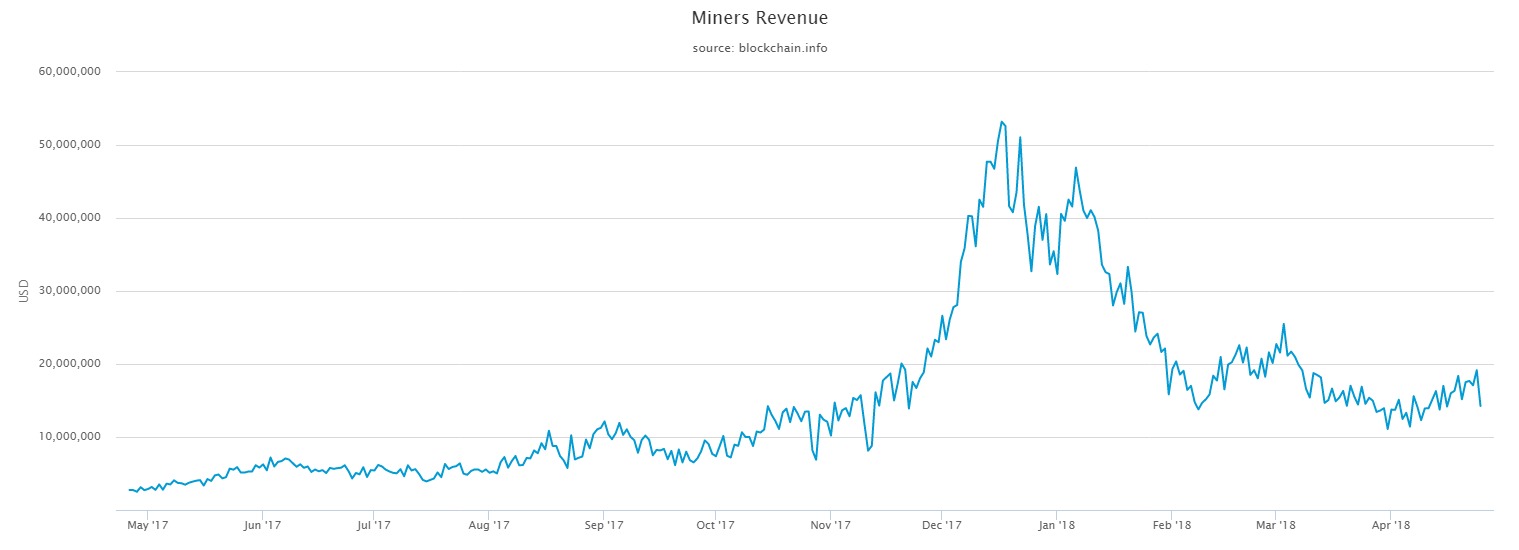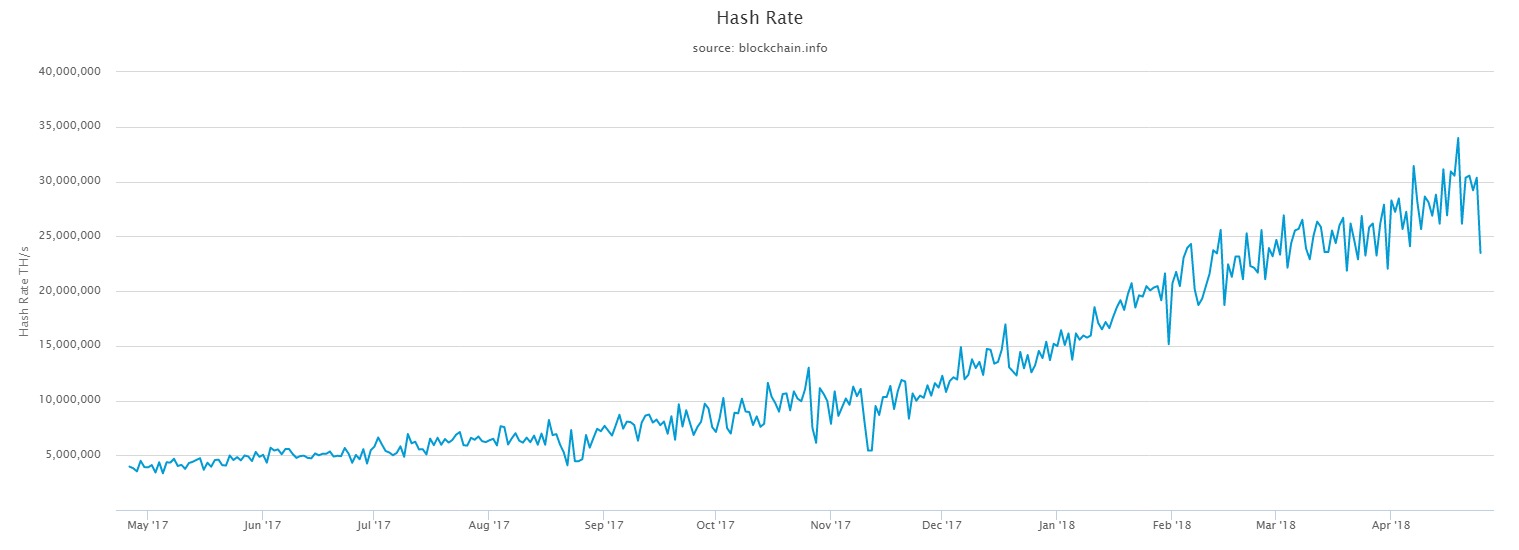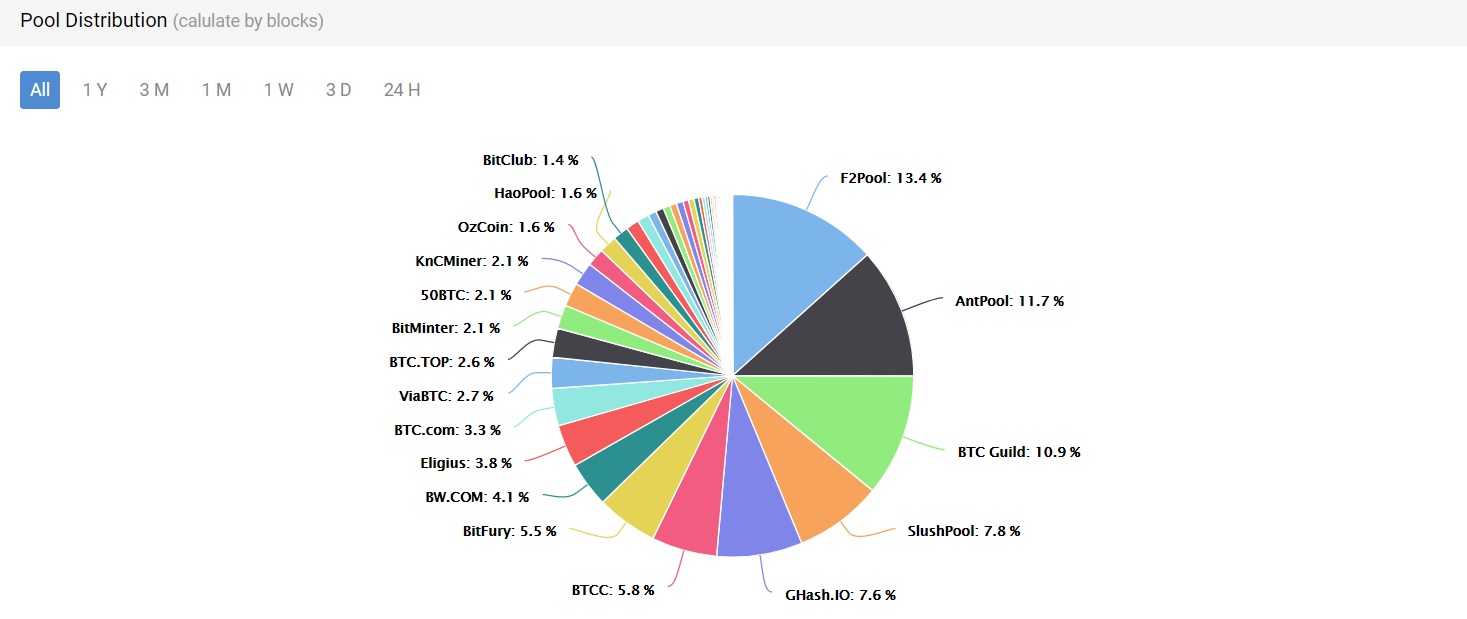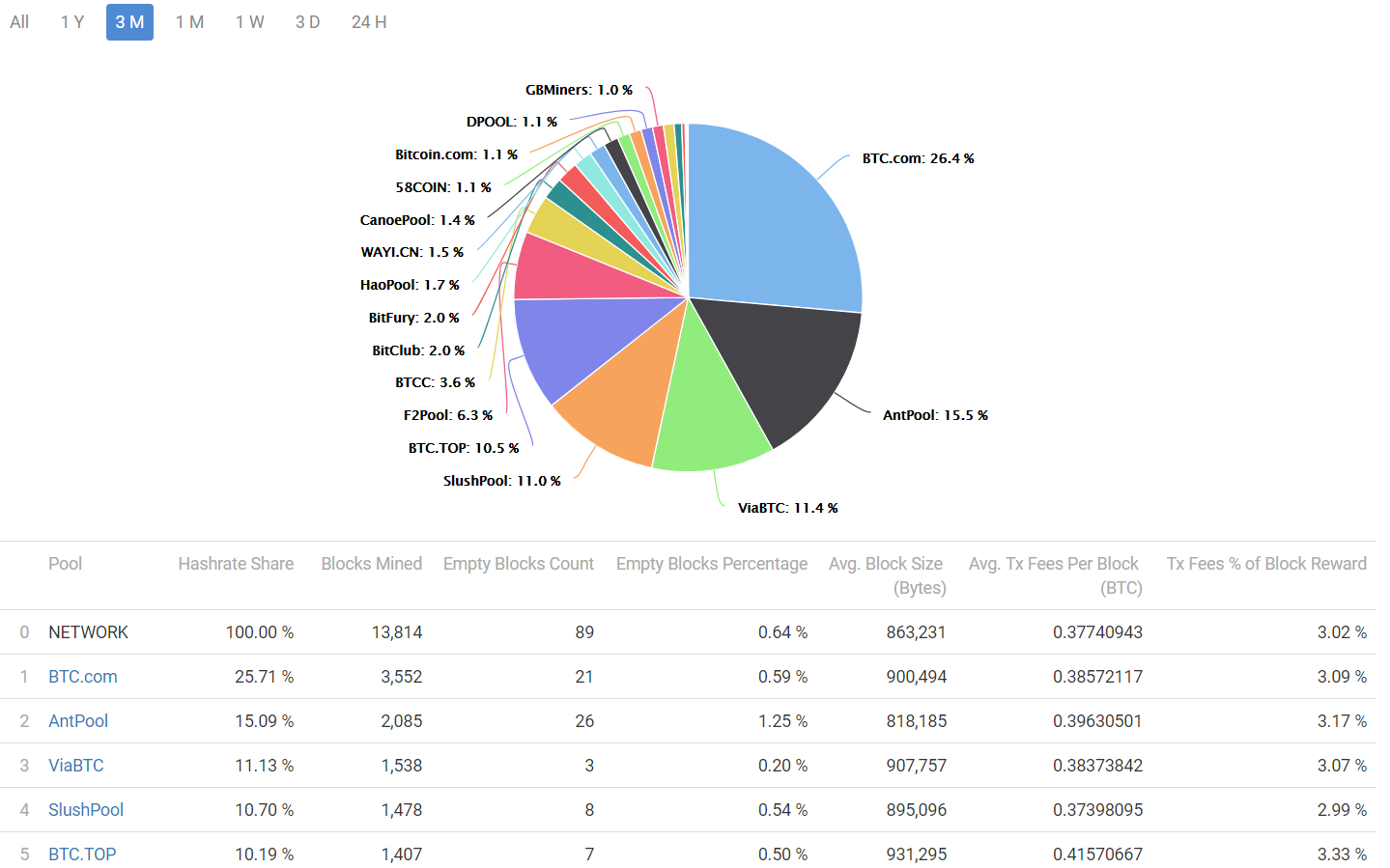Bitcoin (BTC) mining may well be the lifeblood of the cryptocurrency but the industry is in a constant state of flux for a number of reasons. 2017 was a banner year for cryptocurrencies in general, but Bitcoin was the standout as it soared to an all-time high of $20,000 in December.
As it gripped people around the world, the demand for Bitcoin saw the price of the currency surge higher and higher. This made mining a lucrative business. As new users flooded the market looking to buy Bitcoin, demand skyrocketed which saw miner’s revenue follow suit.
Transaction volumes and the price of Bitcoin dictate how profitable mining is so big industry players have been doing their best to find countries that offer the best margins in terms of electricity costs and overheads. According to figures from Elite Fixtures, countries like Venezuela, Trinidad and Tobago and Taiwan offer the cheapest electricity rates for miners.
Putting all of that aside, miners faced decreasing revenue streams around the world as Bitcoin’s price declined over the past four months. Fundstrat’s Tom Lee gave a bleak outlook for miners in March, reporting that the cost of mining a single Bitcoin was around $8038 - including electricity costs, cooling and the cost of equipment.
While margins may well have decreased, let's take a look at the overall mining stats around the world to see if we’ve had growth in mining capacity despite a less than ideal outlook for Bitcoin.
Revenues slump, but hashrates up
As data from Blockchain.info shows, Coinbase block rewards and fees paid to miners grew exponentially as Bitcoin approached it’s all time high.

Source: blockchain.info
Likewise, miners revenue began to wane as Bitcoin and the wider cryptocurrency markets were battered by a humbling correction for the next three months. This in turn eats into the profitability for miners.
Nevertheless, hashrates have continued to increase throughout this period, indicating that the global mining pool continued to grow despite Bitcoin’s spiralling correction in the first quarter of 2018.

Source: blockchain.info
As of May, Bitcoin’s hashrate is approaching the all-time high hashrate of 32.168 PH/sec - signalling that new miners are constantly joining in to validate transactions and mine blocks.
Chinese stranglehold
Another interesting factor in the mining industry is the makeup of the biggest mining pools around the world.
Data shows that Chinese mining pools still have a massive stake of the global Bitcoin mining sphere. According to all time block statistics, F2Pool, AntPool, BTC Guild, SlushPool an GHASH.IO have mined the most blocks since Bitcoin’s inception.
BTC Guild and GHash have since closed down, but they mined enough BTC during their time that they still dominate the overall amount of blocks mined.

Source: btc.com
Meanwhile Chinese mining pools F2Pool and Antpool continue to operate and have mined the most blocks since 2009.
But if we take a look at hash rates from the last three months, BTC.com, AntPool and ViaBTC account for over 50 percent. The first two companies are run by Bitmain, while ViaBTC is also a Chinese operation.

Source: btc.com
Chip manufacturers unfounded concerns?
Taiwan Semiconductor Manufacturing (TSMC), the world’s largest semiconductor manufacturer, has reduced its financial outlook this year - due in part to concerns about cryptocurrency mining profitability in 2018.
According to CNBC, the company is concerned that uncertainty in cryptocurrency mining demand will negatively affect its revenue this year. TSMC produces specialised cryptocurrency mining processors, with Chinese mining giants Bitmain one of their main clients, as well as GPU manufacturers nVidia and AMD.
The company believes there could be less demand for its 28nm chip, which is used in cryptocurrency mining hardware. Furthermore, Morgan Stanley analysts believe that increasing difficulty will hurt mining profitability as the year goes on, as reported by Fortune:
“We estimate the break-even point for big mining pools should be [Bitcoin trading at] $8,600, even if we assume a very low electricity cost ($0.03 kW/h) … the injection of new mining capacity will further increase the mining difficulty in 2H18. Even if Bitcoin’s price stays the same…we believe mining profits would drop rapidly, according to our simulation.”
Their outlook was more favourable for companies specialising in manufacturing specialised ASIC chips - predicting they would continue to be profitable until 2020 if Bitcoin’s value remained above $5000.
This is validated somewhat by the lowered outlook for Nvidia and AMD by Wall Street firm Susquehanna last month. The analyst reevaluated price targets of the GPU manufacturers citing competition from Bitmain and it’s Bitcoin and newly launched Ethereum ASIC miners.
ASIC pools dominating
Concerns of dwindling mining demand seem unfounded if we consider the data from BTC.com.
Hashrates from the last three months clearly indicate that mining is dominated by pools of miners using ASIC hardware. There seems to be a discrepancy between mining demand and the perception of manufacturers providing hardware.
Perhaps their forecasts came too early, reacting to what was a dismal first quarter for cryptocurrencies in general. However, the markets have recovered somewhat in April, which in turn has revitalised the profitability of mining due to higher transaction volumes.
The simple fact that Bitcoin operates on the proof-of-work concept dictates that there will always be a demand for miners but profitability will always be the determining factor in demand. This is why the likes of Bitmain are setting up operations in countries with cheaper electricity costs. Their business depends on Bitcoin, but their margins are dictated by their ability to keep overheads low.
